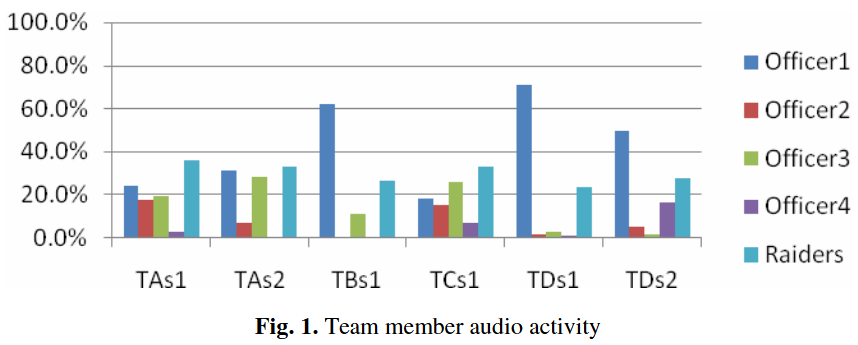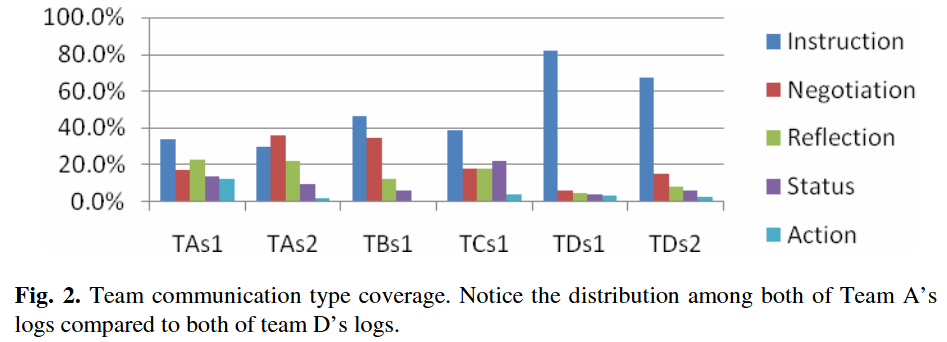How Top Teams Communicate Differently

Did you know "there is a relation between the distributiveness of a team’s communication pattern and the team’s performance"? One, they distribute leadership and two, they shift their communication type. In this freshly squeezed episode of Gaming Science, we'll learn how exactly top teams communicate effectively.
• There is a relation between the distributiveness of a team’s communication pattern and the team’s performance.
• The better the player, the higher ranked the guild—but only among the top 1.000 players.
• Having a distributed leadership style (the leadership is distributed among multiple members), instead of centralized in one or two individuals, is better for the team's performance.
• The communication type (negotiating and reflecting) is what high-performing teams focus on during gaming.
🎯 Individual Skill Doesn't Make a Good Team
In the study, the authors looked at 25-player raid groups in World of Warcraft. They randomly pulled a set of 150 players from the top 4.000 guilds in Europe. What they found was that there is a significant correlation between the guild rank and player rank. That's what you'd expect; the higher ranked the players the higher ranked the guild (and vice versa). However, this was not the case anymore when they excluded the top 1.000 players.
"Thus, in the top 1000 to 4000 other factors, such as collaboration and communication explain the difference in team rank." [1]
🗣️ Who Talks Most in Successful Teams?
To find out what these teams were doing differently, the researchers analyzed 70+ hours of recorded voice communication from different raid groups. Then, they divided the 2.000 to 4.000 ranked players according to their rank:
- Team A (~1.000 rank),
- Team B (~1.300-1500 rank),
- Team C (~1.500-1800 rank), and
- Team D (~4.000 rank).

As you can see in the figure above, the analysis revealed that high-ranking teams had a very different communication structure than low-ranking teams. In Team A, the most successful team, the officers (team leaders) spoke about the same amount as the rest of the team (~22 of 25 players). Team A, therefore, can be considered to have a distributed leadership style (the leadership is distributed among multiple members), instead of centralized in one or two individuals. Team C showed a similar distribution. Team D, the worst ranked team, on the other hand a dominant leader who spoke most of the time, leaving little room for others to contribute.
"Team B shared similarities with Team D in that they had a very authoritative leader. However, their tactical information scheme analysis shows a high amount of negotiation." [1]
✍️ What do High-Performing Teams Talk About?
The second component that come up as a difference between teams was what they talked about—the type of communication. Similar to the amount of communication, there is a clear difference in the distribution among teams.

"... for Team A it is noticeable that all types of communication (instruction, negotiation, reflection, status and action) are all well represented in both sessions. Significant amounts of time were spent negotiating tactics, reaching team consensus and reflecting on past attempts." [1]
Team D, however, had a very distinct difference in their communication pattern. Office 1 spoke the most, giving instructions only. To illustrate the problem, here's an example from the raid: "In Team D this entire communication process was handled by the first officer. Whenever a tank reached the maximum amount of debuffs the officer would order one of other tanks to take over and would also instruct the healers to heal the tank that was stepping in. This put a lot of stress on the first officer and also led to create confusion among the tank rotation as well as the healers." [1]
As you can probably image, having one person to do all the shot calling can't be a good idea. It creates room for mistakes and pure chaos. As the authors put it: "... the lower ranked team’s collaboration (D) is characterized by a rigid command structure involving instruction and control of a dominant single leader." [1]
👾 The Takeaway for Your Raid Group
Taking these two things together (who talks during raids and what do does the group talk about) are important components to the team's success. The high performing teams distribute their leadership and use multiple communication types—mostly negotiation and reflection.
"... the better teams tend to use distributed leadership. The collaboration among the better teams in our study is marked by a high interaction between both leaders and followers and team strategy development with high levels of reflection and negotiation. [1]"
Thanks for reading, and I hope you all have a great week. Cheers,
Christian 🙂







